Is Wheat a Health Destroyer or a Body Healer
The Good, the Bad, and the Ugly Side of Wheat
If you’ve been paying attention to any recent health trends, you’ve probably heard that wheat is very much out of favor among health professionals, food experts, and average people alike.
This is in fact one of those cases where I do more or less agree with the trend. Wheat grain is bad for you. Wheat is in fact the number one dietary culprit in the destruction of our health in the United States and yes, I am counting sugar, too.
Why is wheat so bad?
When we refer to wheat, we are most often referring to the seed of a grass called wheat. This seed is what we grind down to make flour. Ancient wheat was much higher in protein and much lower in carbohydrates than the wheat we now have, but this trait was bred out.
Higher carbohydrate, lower protein wheat is easier to turn into and use as flour, but it isn’t natural, and we use a ton of it. Americans eat far too much wheat in the form of bread, cereal, pasta, pancakes, waffles, pastries, biscuits, etc.
We’ve made this nutritionally poor product one of our staple food sources, and our bodies have rejected it. We’re now seeing more and more people with wheat allergies, celiac disease, and other wheat-related ailments.
When wheat is grounded into flour, the grain would be exposed to oxygen, and it would lose most of its nutritional properties after just six days of being exposed to the air.
What you’re left with is a simple carbohydrate that might as well be pure sugar, and that ever troubling wheat gluten that is linked to celiac disease, Crohn’s disease, colitis, arthritis, and psoriasis, as well as countless other diseases.
Sometimes, flour is treated with artificial vitamins and is sold as “enriched”, but this solves nothing. The artificial vitamins added to enriched flour can even deplete your body’s vitamins and minerals.
Is any wheat good?
The vast quantities of wheat we consume is certainly a major part of the problem, on top of the specific nutritional shortcomings of the grain.
Sprouted grain wheat products, like Ezekiel brand bread, are a much better alternative to white or whole wheat or multigrain bread. If you really can’t give up bread, seek out sprouted grain products to get your fix.
But there’s another part of the wheat plant we’ve yet to discuss: THE GRASS!
Wheatgrass
Maybe you’ve heard of the superfood, wheatgrass, or wheatgrass juice, or any of the powders made from it. It is indeed the same plant as our nutritional enemy wheat, but the grass is an amazing, nutritionally rich product that you should absolutely consider getting in your diet.
Wheatgrass is one of the most nutritionally dense foods on the planet, and is a proven healer in the treatment of diabetes, cancer, and ulcers.
When wheat sprouts and is allowed to grow into grass, it becomes 1,400 times more nutritious than the seed ever was.
Wheatgrass is most often consumed in juice form. If you have the means and space, you can absolutely grow and juice the grass yourself, but most people will opt for a trip to the local juice bar OR a powdered product.
There are two types of powdered wheatgrass products: wheatgrass powder and wheatgrass juice powder.
Wheatgrass powder is the grass itself, grounded into powder. It does not separate the fibrous part of the grass from the nutritionally rich juice, so it is less concentrated.
Wheatgrass juice powder, on the other hand, is made by juicing wheatgrass, and drying the resulting product. It is more concentrated and more nutritionally beneficial than wheatgrass powder.
Here’s some perspective: one teaspoon of a high-quality wheatgrass juice powder (added to your kale shake or dissolved in water as a “shot”) is nutritionally equal to one and a half pounds of organic vegetables. If you’re struggling to get enough vegetables in your diet and need a boost, it doesn’t get any easier than having wheatgrass juice powder!
I personally recommend my own brand of wheatgrass juice powder, because it is made from grass grown on the ancient salt beds in Utah. This means that the resulting product is rich in all 74 trace minerals that are so hard to come by, yet so important to our bodies’ functions.
If you’re looking to add wheatgrass juice to your diet, start with a single teaspoon in the morning (not at night- you may find wheatgrass juice giving you an energy boost better than any cup of coffee), perhaps added to your kale shake.
Drink that at breakfast instead of eating wheat-flour laden foods like bread and muffins, and you’ll see firsthand that wheat has the potential to be both a health destroyer and a body healer, depending on what part of it you eat.
Wheat: Poisonous Toxin or the Ultimate Healer?
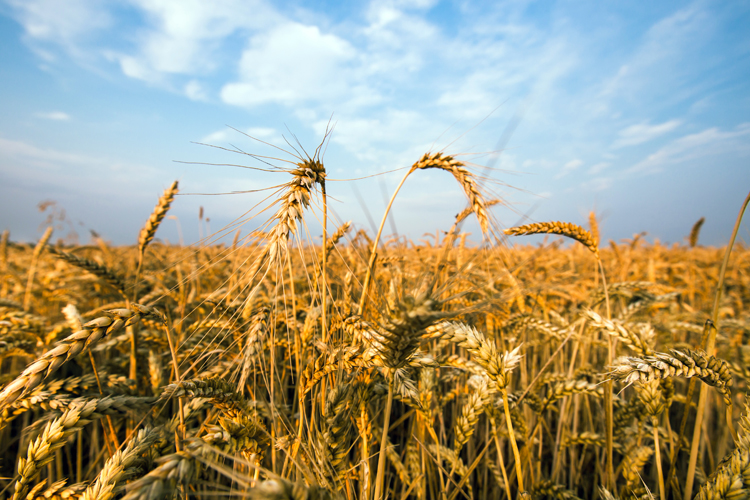
You’ve probably heard a lot about wheat-free diets in recent years. In fact, you or someone you know may even have changed your diet as a result of books like The New York Times’ bestseller Wheat Belly, which calls wheat the single-largest contributor to obesity in America. But after days, maybe even weeks or months of going wheat-free, you may be wondering what’s true -- and what’s not -- in the great wheat debate.
The truth actually lies somewhere in the middle. At its worst, wheat has the capacity to slowly kill you. That’s because the protein in wheat - what we know as gluten - acts as a microbe, triggering a whole host of illnesses such as diabetes, celiac, and Crohn’s disease, as well as inflammations such as tendinitis, arthritis, and attention-deficit disorders like ADD.
On the flip side, at its best, wheat has the ability to heal you based on what form it’s in. Read on to discover the benefits and the risks of wheat in its many forms.
Skip the Wheat (As You Know It)…
It’s true that wheat wasn’t always so bad for us; in fact, it was once pretty high in protein.
But the mass production of wheat, in the form of genetically modified crops and bleaching, has left us with a refined carbohydrate so high in glycemic content that it triggers sugar spikes and depletes our body’s potassium and B vitamin levels at the same time.
That can leave you with heart palpitations and severe headaches, as I discovered one day after sampling a series of wedding cakes with my future wife.
It’s not just cakes that trigger adverse reactions, either. Simple comfort foods like pancakes, biscuits, crackers, cereals, waffles, pastas, bread – and many more wheat-based items in the form of white refined carbs – actually cause much the same effect. (If you really must have bread, try the Ezekiel bread line, made from sprouted grains.) Bottom line, though: Skip the wheat, when possible, especially that wheat in refined form.
…But Not the Wheatgrass
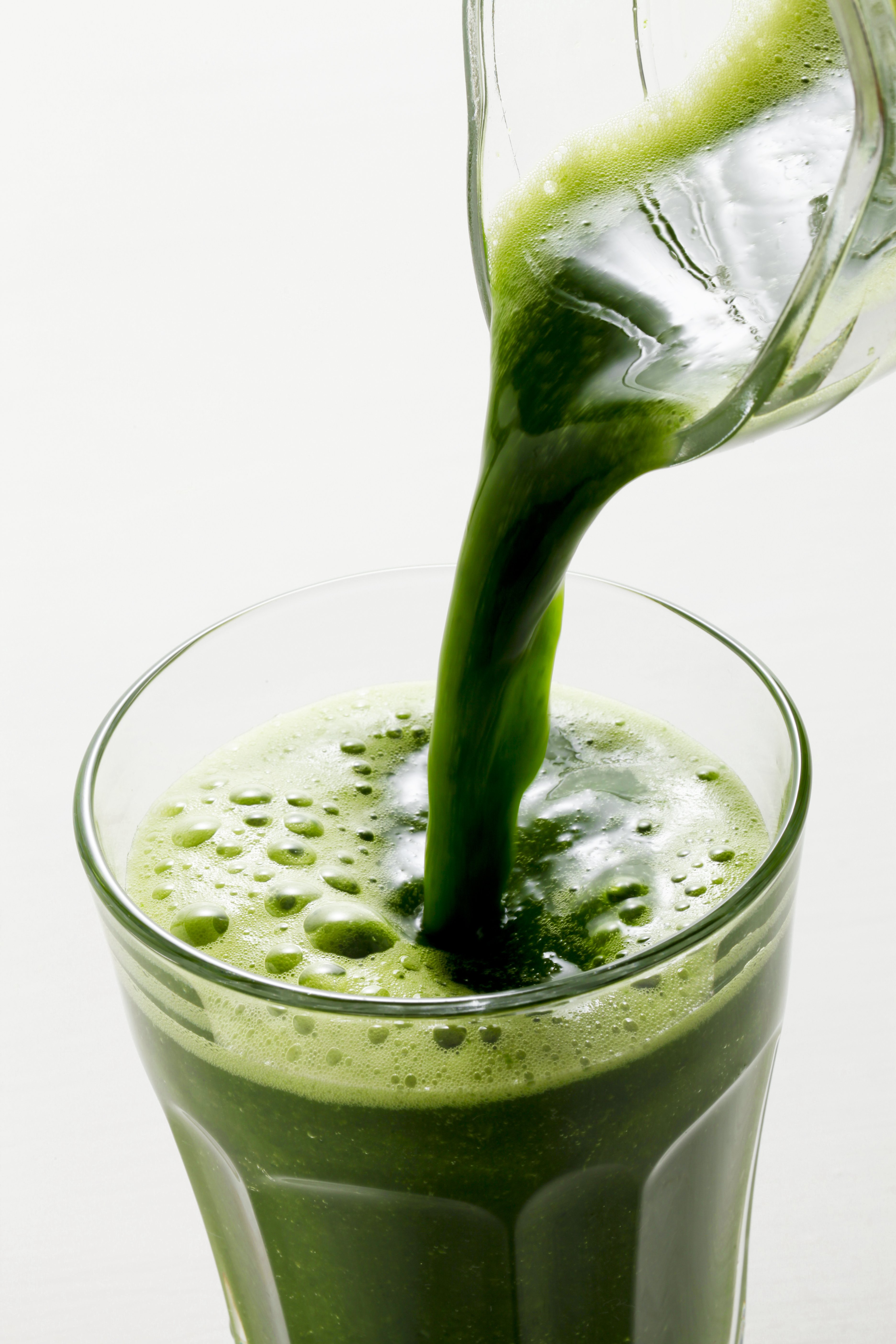
Remember, it’s the form of wheat that matters.
Wheatgrass, the plant that bears the grain we know as wheat, is a nutritional powerhouse worth tapping into. I’m talking specifically about raw wheatgrass juice. This is different from raw wheatgrass, in that it’s a juice powder – in other words, a concentrated form.
To visualize its nutritional properties: One teaspoon of raw wheatgrass juice powder is equivalent to 13 shots of wheatgrass juice. Or one tray of wheatgrass that’s 10 inches by 20 inches.
Pictured further: One teaspoon of the dark green, aromatic substance equals 4.5 pounds of raw vegetables.
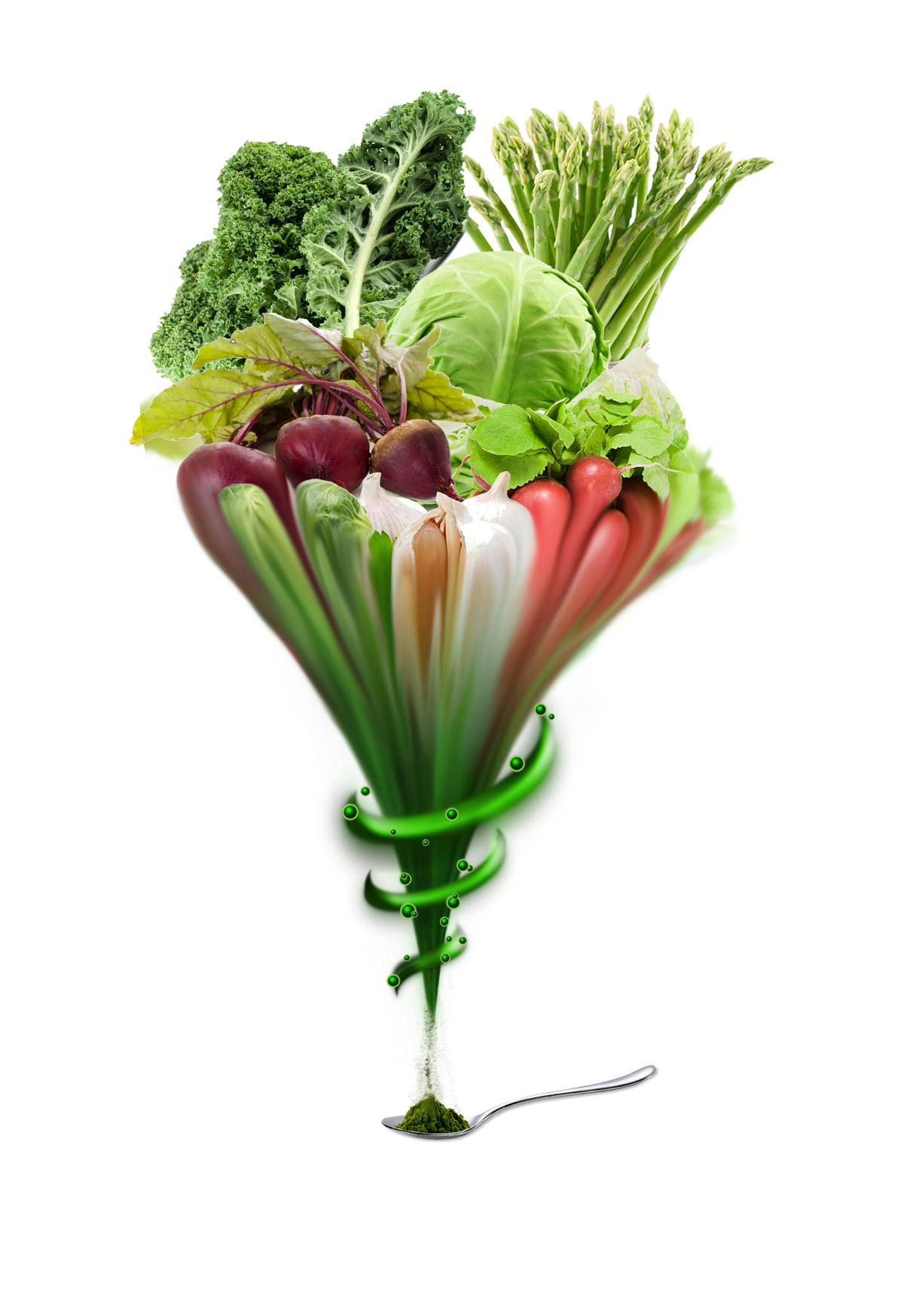
In short, wheatgrass is one of the most nutritious foods you can possibly consume. Not only is this superfood rich in vitamins, minerals, enzymes, and phytonutrients, but also in trace minerals (more on that later) and chlorophyll, the “blood” of a plant filled with magnesium – a mineral that’s essential to the body’s overall function. Wheatgrass also offers a complete source of protein, providing your body all essential amino acids.
A process called bioactive dehydration preserves the nutrients; in its production, nothing ever exceeds 106 degrees Fahrenheit. (The Utah-based company, LiquaDry, has a patent on this process.)
Meanwhile, the wheatgrass is grown on ancient seabeds in Utah, so wheatgrass can pull trace minerals directly into the plant. The plant is then processed at four inches, and harvested at peak nutrition time. In fact, the powder’s dark green color suggests the mineral-rich seabed it’s grown in.
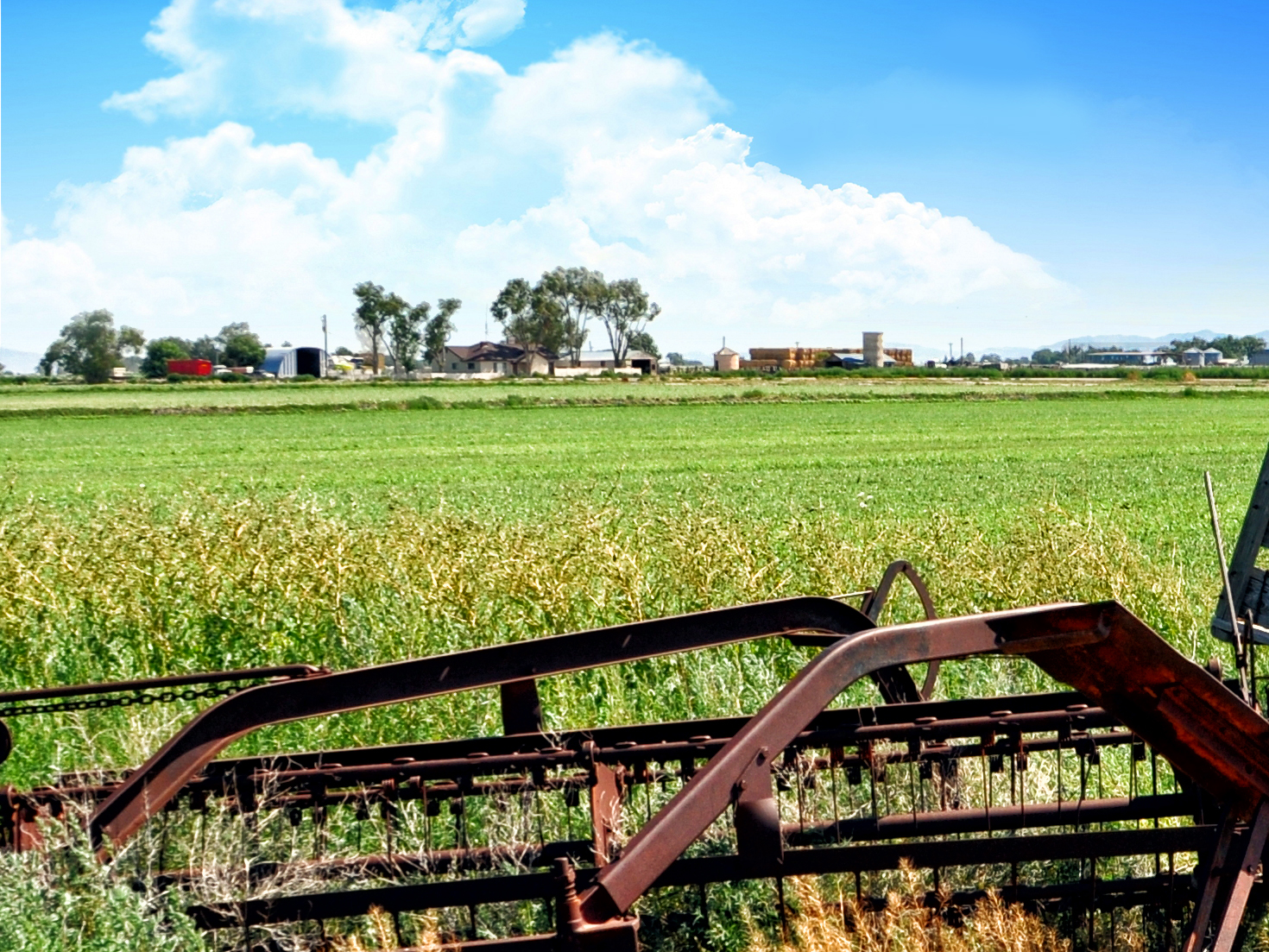
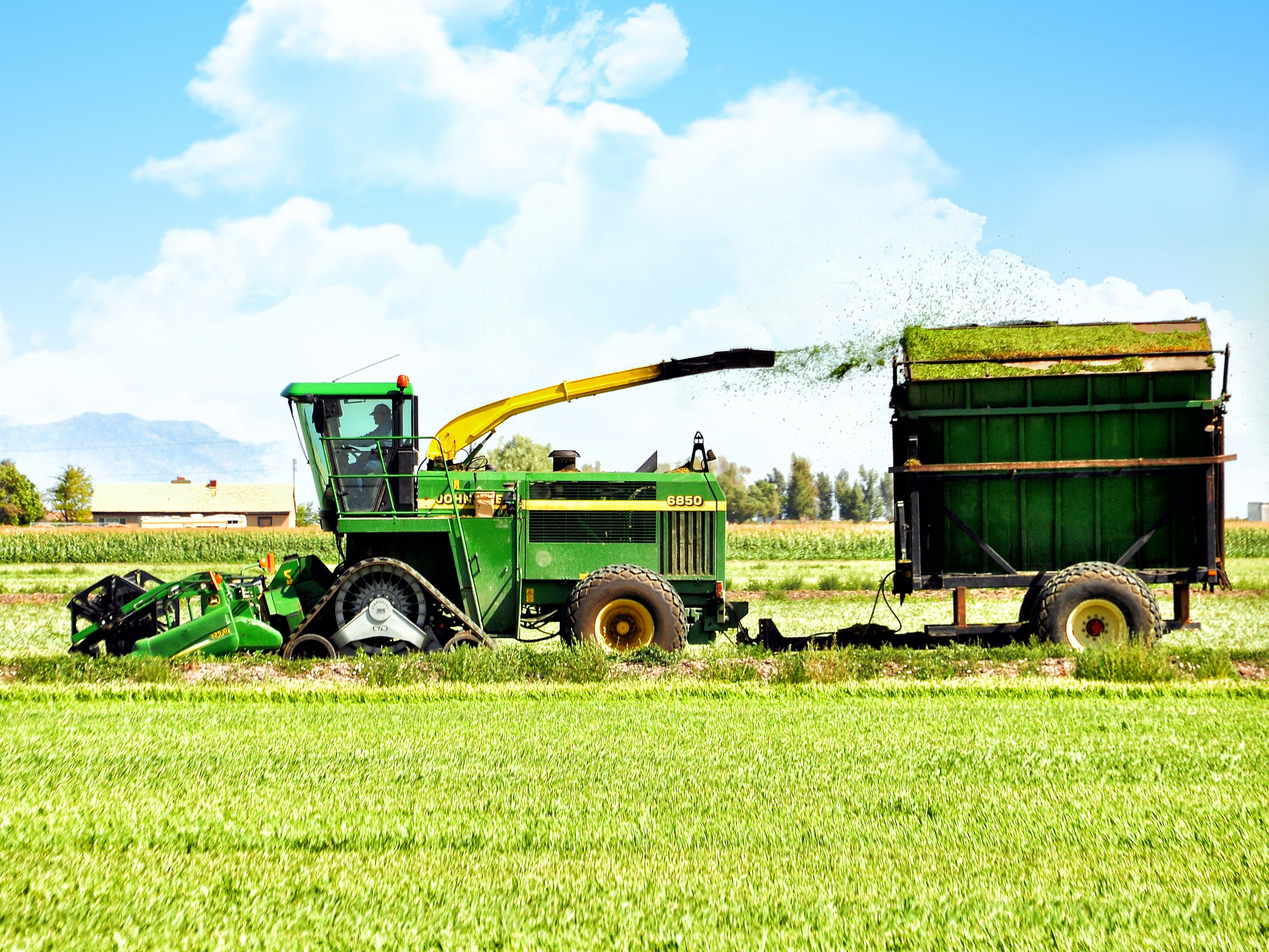
Actual Farm in Utah
Wheatgrass: Getting Started
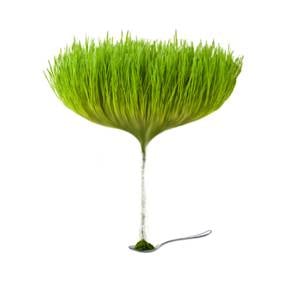
So is wheat a health destroyer? Or a body healer?
Weigh that question enough, and you’ll be left with an interesting conclusion: On one hand, the grain of wheatgrass triggers obesity and a whole host of health-related issues. On the other, the grass of the grain can actually cure diseases, help you lose weight, and restore overall health.
Not sure how to get started? I suggest trying one teaspoon in the morning. Trust me, you won’t need coffee after trying this.
Mix with a quarter cup of water, and enjoy a shot of it. Ignore the clumps, as the substance contains no binders. You’ll savor a slightly sweet, barley-tasting juice. And, most importantly, this is the first step toward better health.
Discover the benefits of wheatgrass and see more Nutrition advice from Dr. Berg Video Blog.
Previous blog
A Great Success StoryNext blog
How to Fix a Stiff Neck
Popular
08/21/2024
55.7K views
02/23/2025
46.8K views
11/18/2024
281.1K views
03/18/2024
11/21/2022




